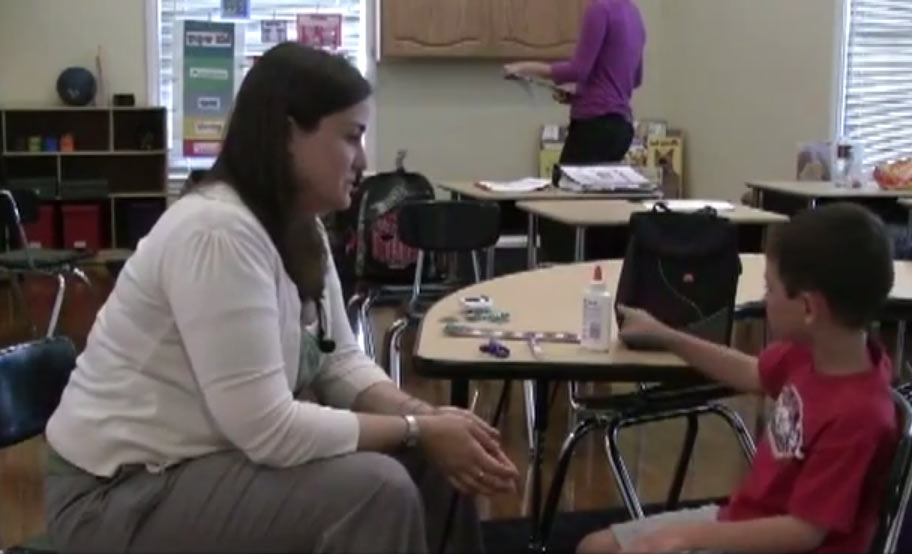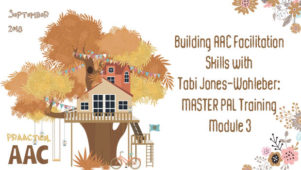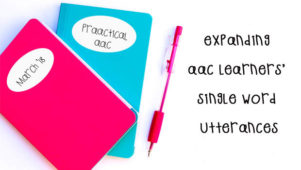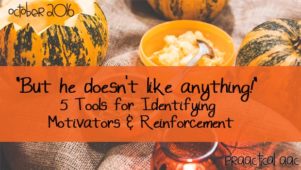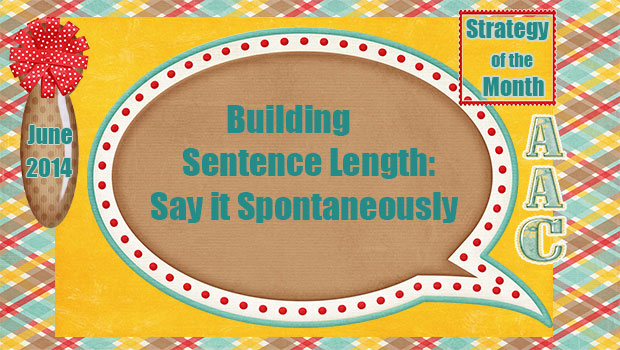More Thoughts about Reinforcement in AAC Therapy
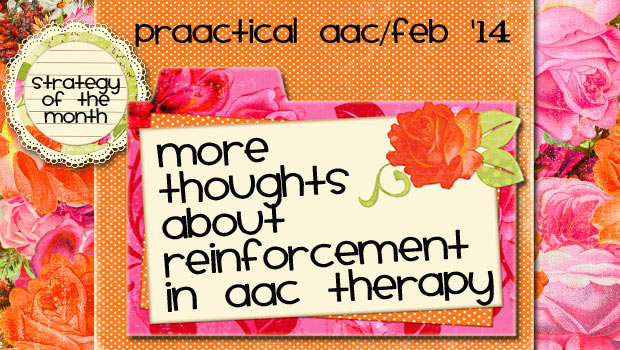
When we’re teaching AAC, our preferred means of responding to learners is with natural consequences, expansions, extensions, and verbal encouragement. Here are some of our prAACtical thoughts.
Natural Consequences
Nothing says ‘power’ like having someone respond based on what you just said. SLPs are quite familiar with this concept and use this regularly to provide ‘more’ tickles, crackers, and music. When we work with beginning communicators, we’re all about providing quick access to whatever the AAC learner requests. But we tend to lose sight of the need for natural consequences when working with learners on higher level language skills.
True, it is more difficult to think of the natural consequence when we’re working on morphology, syntax, and semantics, but the principle is the same: Learning is enhanced when our responses are driven by the message that our client just produced. We’re working with Antonio to reduce ambiguity in his messages. When he comes to therapy telling us that “Melody make me mad,” it gives us a perfect opportunity to work on this skills. We might do that by first registering confusion: Put on your best perplexed look, perhaps a bit exaggerated. “I’m sorry about that, but Melody? I don’t know a Melody.” “I’m not sure who you’re talking about or what she did to upset you.” As we elicit more information, we can rebuild the utterance into something clearer and model that for the client. “Melody, my Lab partner, made me mad.”
Expansions and Extensions
Informative feedback is one of the best ways to help AAC learners stretch their language just a little bit more. When a child uses AAC to say a 2-word sentence, SLPs generally leap to expand or extend it.
- “Want eat.” “Want to eat it.”
- “More that.” “Drink some more of that.”
- “Read it.” “Read it again, Mom.”
The same holds true for more complex language. “Melody made me mad because she ignored me.” When AAC learners say something, respond contingently but with a longer, more sophisticated sentence.
Verbal Encouragement
Communicating is hard work for almost everyone who uses AAC. Hard work needs to result in an adequate ‘pay-off’ if we want learners to continue to put forth their best efforts. That means that we recognize and (sometimes) overtly acknowledge the effort. NOT by calling attention to the form, as we discussed in the last post LINK, though.
There are times, though, when these responses are insufficient. Sometimes we need a different approach. Ellie, for example, had a VERY difficult time sitting through group instruction either in her classroom or with her SLP. After about two minutes, she would try to wiggle out of her chair and escape. Her teacher and SLP tried the usual things: Making the activity engaging, using visual supports to show the desired behavior, and physically engaging her to sustain her attention. That worked for another few minutes, but not for the duration of that activity. The strategy that DID make a difference? Token boards.
Token Boards
Token boards can be an effective way to support the acquisition of some skills with some AAC learners. You can read about the process and the empirical supports for it here. It is one tool among many that we’ve used in our prAACtical work. Before we go any further, we want to share our own prAACtical thoughts on how we use token boards.
- We DON’T use tokens to reinforce language or operational competence. NO tokens for ‘good talking,’ ‘nice looking,’ or saying a specific word/phrase.
- We DO use tokens to reinforce participation and effort.
- We DO use this as an opportunity to develop language at whatever level is most appropriate. For a beginning communicator, that may just be choosing what to earn with all those tokens. For a more advanced communicator, we may target things like causality (e.g., “I want a break with my iPad BECAUSE I want watch BrainPop”) or grammar (e.g., modals: “I would like…” “Could I have…?” “I do want…”).
Token boards can be made and used in many ways, and we’ll leave it to the behaviorists to provide the definitive tutorials on the range of options. One prAACtical way to make token boards concrete for AAC learners is to use an image of the thing they are earning with their effort and participation. You can either use that image as the token itself (e.g., 10 little pix of the break area) or make a large image and cut it apart like a puzzle (so that each piece of the puzzle becomes a token).
Here are some quick videos clips where you can see token boards in action.
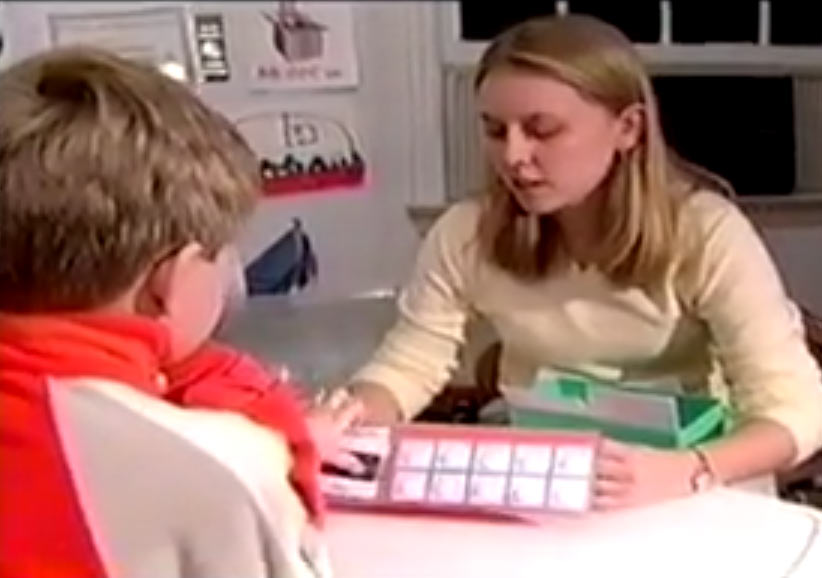 Direct link: http://www.youtube.com/watch?v=0iPShKdpd0Y
Direct link: http://www.youtube.com/watch?v=0iPShKdpd0Y
Direct link: http://www.youtube.com/watch?v=NffV6mUe2K4
Need some additional resources to learn more about and develop your own token boards? Try these terrific resources:
Do you use token reinforcement in your prAACtical work? We’d love to hear about it.
Filed under: Strategy of the Month
Tagged With: encouragement, expansions, extensions, natural consequence, reinforcement, token board
This post was written by Carole Zangari
